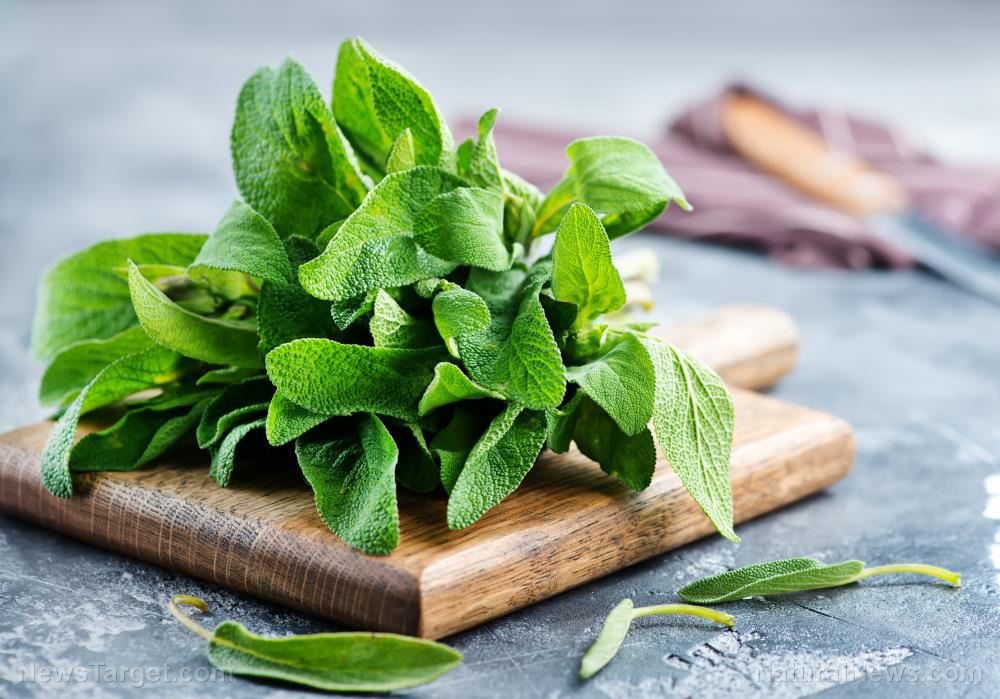
Advertisement
The next time you’re out in the woods and you have to treat someone’s burns, you might need to add a little bit of vinegar on those bandages.
According to a study, adding some vinegar can help prevent burn wounds from getting infected. It can even help speed up healing. Researchers from the U.K. had determined that acetic acid, the main component of vinegar, can eliminate over 24 different forms of bacteria connected to infections.
Now, vinegar is being used in a National Health Service (NHS) trial in patients with burns. The researchers involved in the study explained that low concentrations of acetic acid can be a suitable alternative to rub-on antibiotics.
Like many wounds, burns can easily become infected after the normal skin barrier is lost. In fact, even bacteria on the patient’s own skin can be transferred to their wound. After the wound is infected, bacteria can easily reproduce into large colonies.
Once bacteria spreads, it can delay healing and scarring and cause infections.
If infections are left untreated, patients can suffer from serious infections and sepsis, a severe and life-threatening reaction triggered by the body’s response to an infection. Sepsis is the major cause of death among burn victims.
Vinegar and burn wounds
Unlike other types of wounds, it can be difficult to treat infected wounds using traditional oral and rub-on antibiotics since they don’t reach the skin’s surface effectively. Another concern is the growing resistance to these drugs.
Bacteria that enter chronic wounds and burns may even cover themselves in biofilm (slime). With this biofilm, bacteria can gather together on a surface and increase their resistance to treatment.

In the U.K. at least 130,000 people with burns visit emergency rooms annually.
Vinegar is mostly made up acetic acid and water and it has been used as a traditional remedy to clean wounds and prevent infections. Despite its usefulness, it still hasn’t been subjected to assessment via clinical trials.
Healthcare professionals at Queen Elizabeth Hospital Birmingham are now using acetic acid for patients admitted with serious burns.
The trial is based on research findings by a 2017 study from the University of Birmingham that confirmed how low concentrations of acetic acid can eliminate bacteria and prevent them from multiplying.
In the studies concerning the effectiveness of vinegar, common wound-infecting bacteria like Staphylococcus aureus and E.coli were exposed to low concentrations of acetic acid in a laboratory. The findings revealed that acetic acid inhibited the growth of all 29 strains. It even prevented the bacteria from forming biofilms.
For the new trial at Queen Elizabeth Hospital Birmingham, 20 patients will have their burns treated with a standard dressing soaked in one of two concentrations of acetic acid. Their dressings will be changed twice daily for five days. Meanwhile, the levels of bacteria and rates of healing will be closely observed. (Related: 3 Unique survival uses of pine tree resin.)
Vinegar has polyphenols or natural acids and brown chemicals called melanoidins that can help eliminate harmful bacteria. Take note that you shouldn’t self-apply vinegar to wounds because it can damage the skin when used in certain concentrations. Only use acetic acid treatment under medical supervision to prevent infections.
Dr. Bav Shergill, a consultant dermatologist at Queen Victoria Hospital in East Grinstead, said that the research might be beneficial and it could hold the key to preventing bacterial infections.
In a separate study, tissue from donated placenta was able to minimize bacterial infections and hasten wound healing, per research published in the Journal of Functional Biomaterials.
According to another study by researchers from Rutgers University in the U.S., frozen amniotic membrane, or the innermost layer of the placenta, was applied as a dressing. The researchers posited that the placental tissue releases factors that can prevent bacteria from forming a biofilm.
Fast facts on vinegar
- Vinegar is a liquid made up of mostly acetic acid and water. The acetic acid is produced when ethanol by acetic acid bacteria is fermented.
- The name vinegar comes from the French “vin aigre,” which means “sour wine.”
- National Vinegar Day is celebrated on November 1.
- At about 5,000 BC, the Babylonians used vinegar as a condiment and preservative. The Babylonians are also recognized as the first people to add herbs and spices to flavor vinegar.
- Vinegar is historically the most easily available mild acid. It is a versatile acid that’s often used for various industrial, medical, and domestic purposes. It is commonly used as a general household cleanser.
You can read more articles about other natural remedies for healing burns at Preparedness.news.
Sources include:
Submit a correction >>
This article may contain statements that reflect the opinion of the author
Advertisement
Advertisements















